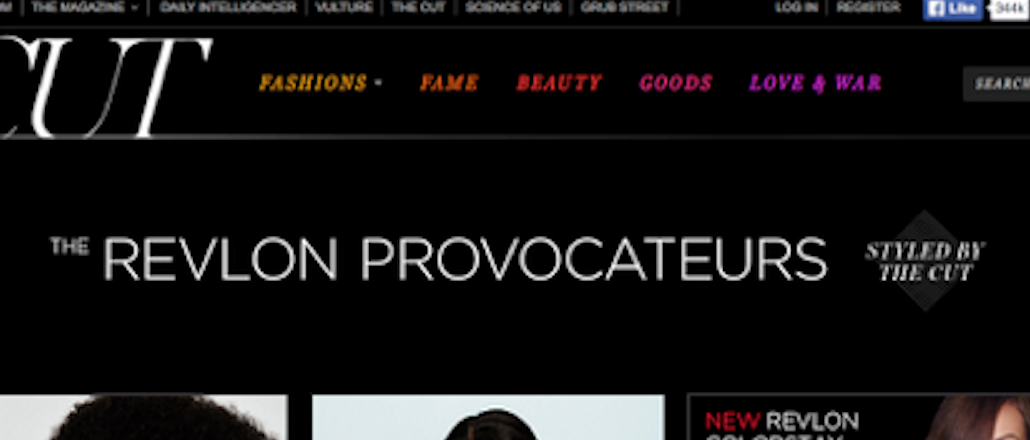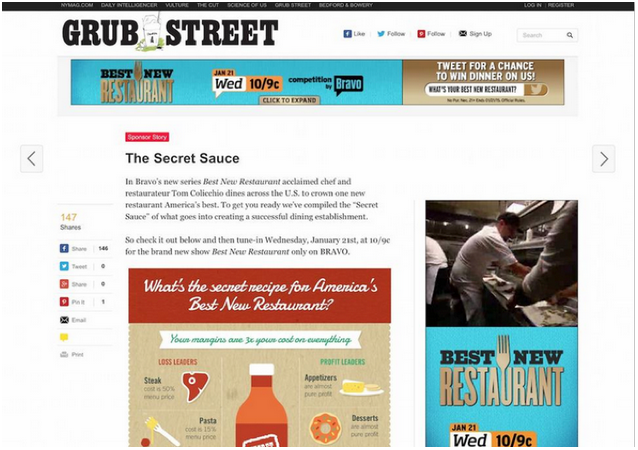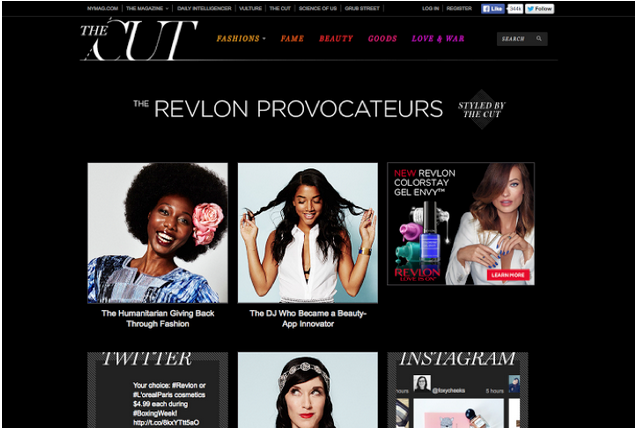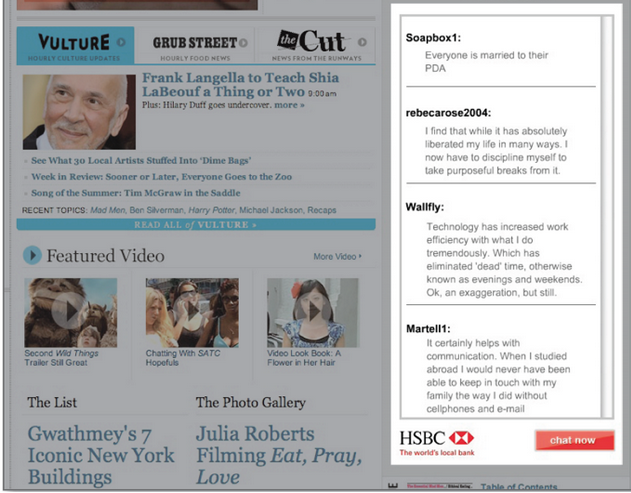Save 50% on a 3-month Digiday+ membership. Ends Dec 5.

Nisha Gopalan, the first head of New York magazine’s branded content studio, is a fast-talking writer, quick with war stories from her journalism days — like the time she interviewed Jimmy Fallon and Questlove for a Billboard cover story. It is just this editorial background, in fact, that has helped make New York Media a success in the branded content field.
New York Media — home to New York magazine and its Web properties Vulture, the Cut, Grub Street, NYMag.com, Daily Intelligencer, Bedford + Bowery and Science of Us — started exploring native content five years ago, appointing Gopalan in 2014. The content studio produced more than 100 campaigns last year, driving a 20 percent increase in digital advertising revenue — a number it is on track to eclipse in 2015.

Here, then, is a look inside New York’s approach to branded content:
The Properties
New York magazine is a prestige title, one that picked up three National Magazine Awards this month alone. Over the years, New York Media has launched various other verticals, giving it more properties on which to publish branded content. Advertisers can work with sites including Vulture (culture) and Grub Street (food), a distinction that has helped New York Media attract clients from JetBlue to NBC.
“We get to work with such a wide swath of clients, which opens us up to creative opportunities and innovations,” Gopalan said.
Once an RFP comes in, the content team determines what property fits it best. For Revlon, for example, the content team created profiles of beauty trendsetters to run on The Cut.
Ad position: web_incontent_pos1

Since each of New York Media’s outlets has its own voice, Gopalan’s studio has to come up with copy that fits each of the different sites’ voices — no easy feat, considering the majority of the writing is done by two people.
Not all content is received equally, though. According to native ad analytics firm Nudge, branded content at Grub Street and Vulture generate more shares and impressions than the other sites. A Jack Daniels recipe piece on Grub Street, for example, was shared 7,903 times, while HBO’s “Togetherness” infographic got more than 120,000 impressions. Articles that ran The Cut, however, performed less well.
The Team
Gopalan’s team has 15 employees with a mix of sales, marketing and editorial backgrounds. The lead writers are Gopalan herself, who has written for publications including The New York Times and Gawker, and Elizabeth Bevilacqua, who has a marketing background. New York magazine’s editorial staff doesn’t participate in the content production, but Gopalan’s team checks in with them to make sure the ad content fits the editorial voice.
Keeping that strict church-and-state divide is a distinction that Justin Choi, CEO of Nativo, a native ad platform, applauds.
Ad position: web_incontent_pos2
“With content and native, the publisher brand matters,” he said. “Keeping the advertising and editorial content teams separate reduces the risks of any tainting trust of the publisher’s brand.”
Of course native advertising, however carefully executed, has its share of detractors: Journalist and blog entrepreneur Andrew Sullivan recently decried it as the “surrender” of journalistic integrity.
The Model
The New York content studio offers three models: Advertising inventory, single sponsorship on a “build-if-bought” basis and branded content, said Ron Stokes, executive director of online sales and marketing at New York magazine.
With build-if-bought, the editorial team provides a list of topics they would like to cover more extensively, and then advertising looks for interested brands to sponsor it. The content isn’t developed until it’s sold.
Pricing structures vary drastically, but Stokes stressed that branded content isn’t a giveaway. “It’s a paid component of our custom media campaigns.”
New York Media points to clients like HSBC, which has been running campaigns for several years, as evidence of its branded content’s success.

“Advertisers keep coming back to New York magazine because of our high-quality content, engaged audience and innovative sales team,” said Michael Silberman, general manager of digital for New York Media. “And we’re constantly finding new ways to meet their goals.”
More in Media

Digiday+ Research Subscription Index 2025: Subscription strategies from Bloomberg, The New York Times, Vox and others
Digiday’s third annual Subscription Index examines and measures publishers’ subscription strategies to identify common approaches and key tactics among Bloomberg, The New York Times, Vox and others.

From lawsuits to lobbying: How publishers are fighting AI
We may be closing out 2025, but publishers aren’t retreating from the battle of AI search — some are escalating it, and they expect the fight to stretch deep into 2026.

Media Briefing: Publishers turn to vertical video to compete with creators and grow ad revenue in 2026
Publishers add vertical video feeds to their sites to boost engagement, attract video ad spend and compete with news creators.
Ad position: web_bfu